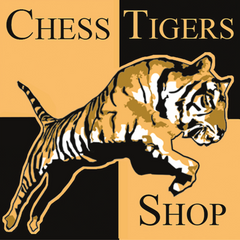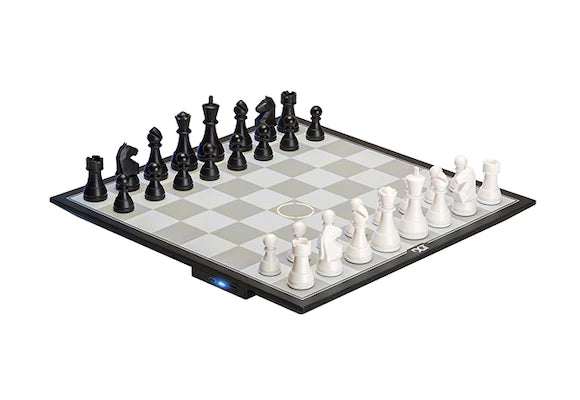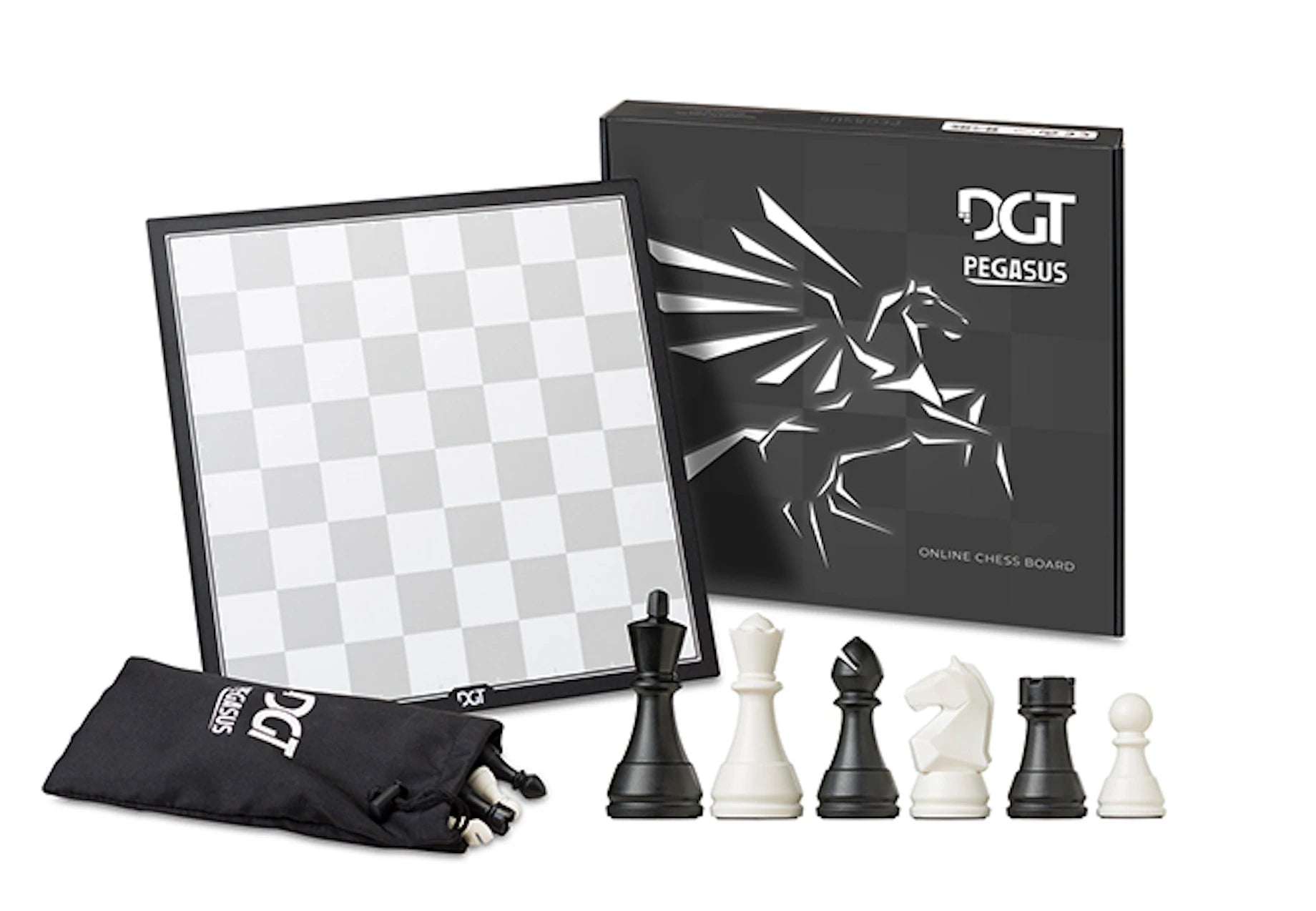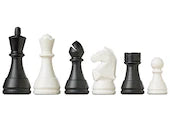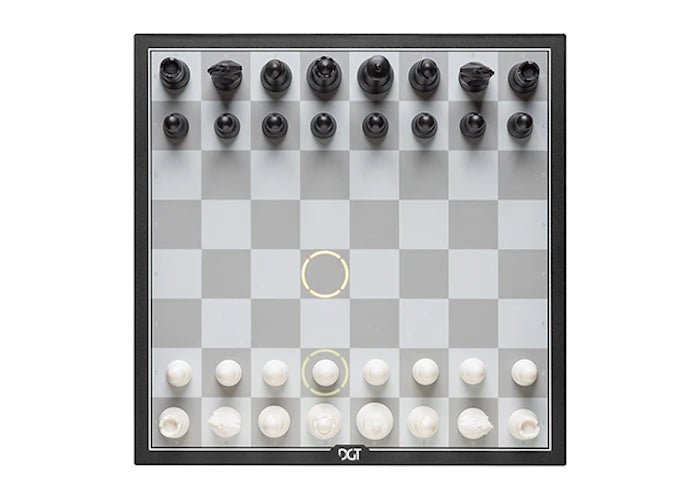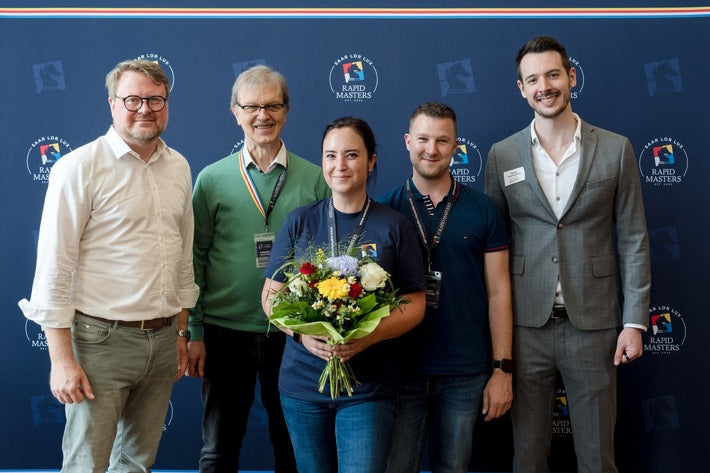Clubs have always played an important role in Germany. In a club you not only find like-minded people who share the same hobby, but you also experience community and solidarity . In a club you get recognition and attention - things that you otherwise often miss. Especially in times of unsettling news and a flood of opinions on social media, it is important to have a place of support and to meet people. Clubs are therefore becoming more and more important.
Recruiting and retaining members are the two core elements that enable a club to grow and help shape the lives of its members. When it comes to the question of what exactly a club can do, it is worth taking a look at the 5 largest chess clubs in Germany.
Michael Busse analyzed the membership numbers of German chess clubs, wrote to the 5 largest clubs and asked them about their success factors.
[Source for the membership numbers: schach.in. Research errors reserved, please send corrections to schachgefluester@gmail.com].
1. Schachzwerge Magdeburg: 769 members
The Schachzwerge are a bit out of the ordinary because they are not a traditional chess club. Most of the Schachzwerge members are children from kindergarten or school chess clubs.

The club is characterized by the fact that it consistently offers its services to the wider community, while still paying attention to the quality level and training of the trainers . The club also has very creative ideas, such as the games page or the donation board for financing . You can also hear more about the chess dwarves in the podcast episode "Children's chess, school chess, pizza chess ".
2. Hamburger SK: 753 members
The first chairman, Thomas Woisin, particularly highlights the offer for potential newcomers . On the website there is an invitation to take part in free games to get to know the club. Those interested must register by email and then receive an invitation to the next game day. There is a supervisor there who is informed of the interested parties in advance so that they can be approached.

The internal tournaments in particular contribute to member loyalty, some of which are also open to non-members. The youth work that has been carried out for a long time means that many players identify particularly strongly with the club. A monthly newsletter also provides information about activities, as does the website, which is always kept up to date . The men's and women's Bundesliga teams and the associated chess school contribute to the club's attractiveness, as does the involvement of chess celebrities such as The Big Greek.
3. OSG Baden-Baden: 434 members

4. Elmshorner SC: 335 members
Of the 335 members of the club from Schleswig-Holstein, 100 are female - an outstanding ratio compared to other clubs. The first team "only" plays in the association league, but the club is well positioned in terms of popular sports and youth work .

The homepage also shows social activities such as a bowling tournament and a Christmas blitz tournament. The open city championships , which are offered in special categories (youth, seniors), are probably used to recruit members.
5. FC Bayern Munich: 317 members
The chess division of FC Bayern not only benefits from the appeal of the football department, but is also very active itself. The offer includes participation in practically the entire range of official games, the organization of numerous open tournaments, training and lecture events and more.

Club jerseys down to the 11th team strengthen identification. Youth work is carried out both in the club and in the school.
Conclusion:
The major chess clubs in Germany have been able to increase their membership numbers in the last 6 months. This is certainly not just a consequence of the chess boom, but a result of active efforts to attract new members.
There is one downside, however: among the new members, there are usually few who are willing to take on voluntary work. Brigitte Große-Honebrink from SC Kreuzberg (6th place in the list of the largest clubs) describes this as a long-term problem. How to motivate members to take on voluntary work (targeted approach, dividing up roles...) is, however, worth a blog article of its own.
More ideas and measures for chess clubs such as articles in community newspapers, involvement of libraries, presence at festivals, cooperation with other clubs, etc. can be found in these podcast episodes:
- Podcast about ideas for member acquisition
Podcast about ideas for member retention:

